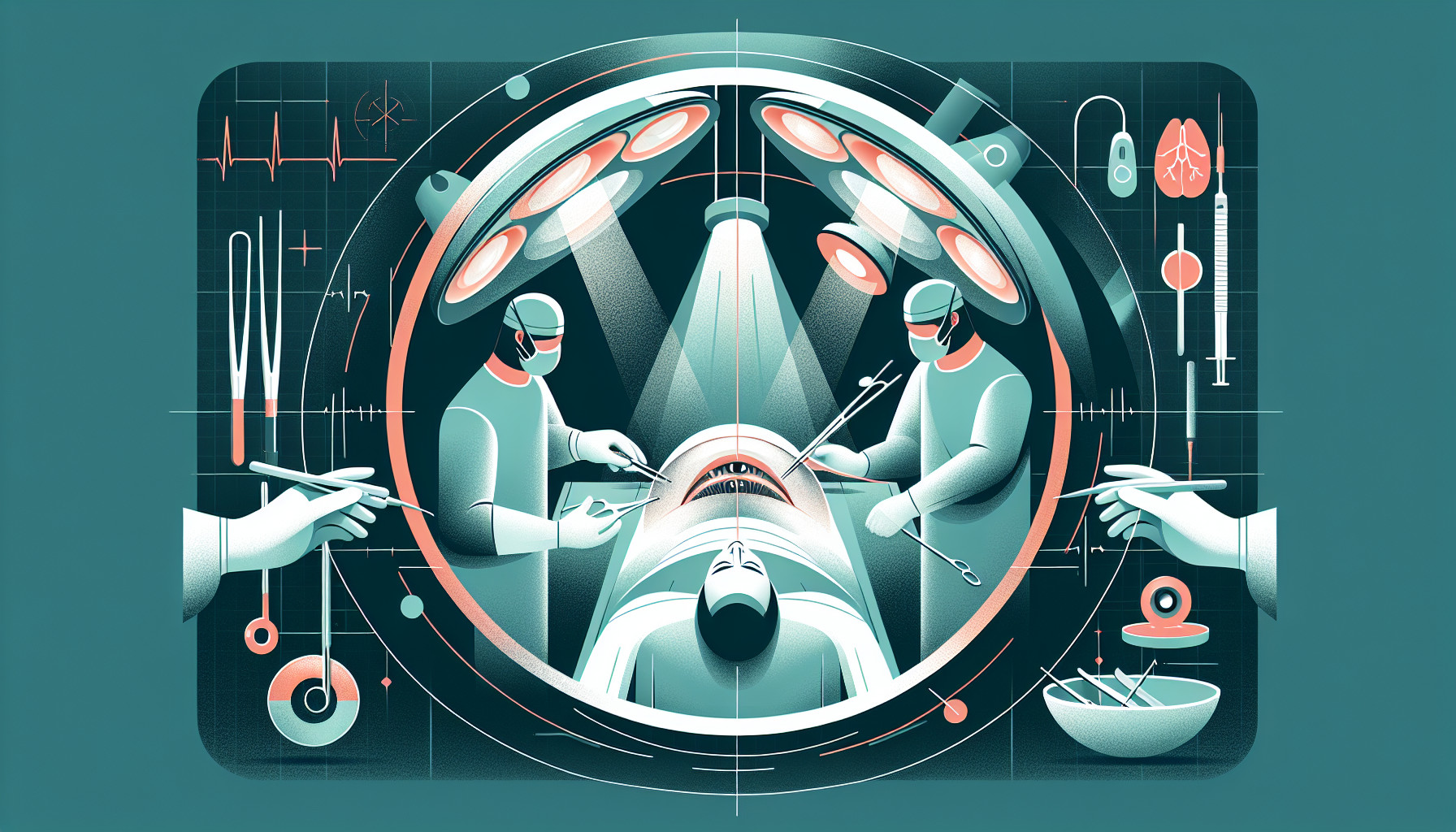Our Summary
This research paper is about the recent advancements in pediatric cataract surgery, a procedure to treat clouding of the lens in children’s eyes. The management of this condition requires a team effort involving the eye doctor, parents, anesthetists, and other supporting staff such as optometrists and patient coordinators. Surgery is very important, but it’s not the only consideration - after the surgery, it’s crucial to keep rehabilitating the child’s vision and checking for any complications.
The paper explains that this type of surgery is best performed by surgeons who have extensive knowledge about it and its long-term complications. The most important parts of the surgery include managing the back of the lens, the front of the jelly-like substance that fills the eye, and implanting an intraocular lens (IOL), which is a lens that’s put inside the eye to replace the natural lens.
Nowadays, it’s common to perform a specific procedure in younger children (up to 3 to 5 years old) that involves creating an opening in the back of the lens and removing the front of the jelly-like substance in the eye. In older children (up to 8 years old), it’s preferred to only create an opening in the back of the lens. After the age of 8, the back of the lens can be left as it is.
Implanting an IOL inside the bag that held the natural lens is becoming the standard for children over the age of 1. While there’s no universal agreement on the youngest age for primary IOL implantation, more and more surgeons are starting to prefer implanting an IOL even in infants. Other approaches that can avoid removing the front of the jelly-like substance in the eye, such as capturing the optic through the opening in the back of the lens and putting the lens in the bag, are also becoming more popular.
FAQs
- What is the role of the parents and supporting staff in pediatric cataract surgery?
- What are the key components of pediatric cataract surgery?
- At what age is it considered safe for primary IOL implantation in children undergoing cataract surgery?
Doctor’s Tip
A helpful tip a doctor might tell a patient about cataract surgery is to follow post-operative instructions carefully, including using prescribed eye drops and attending follow-up appointments. It is important to protect the eye from injury and avoid activities that may strain the eye during the recovery period. Additionally, it is important to report any unusual symptoms or changes in vision to the doctor immediately.
Suitable For
Typically, patients recommended for cataract surgery are those who have significant visual impairment due to cataracts that cannot be corrected with glasses or contact lenses. This includes patients with age-related cataracts, congenital cataracts in infants and children, traumatic cataracts, and cataracts caused by other medical conditions such as diabetes or steroid use. Patients who experience difficulty with daily activities such as reading, driving, or recognizing faces due to their cataracts are also candidates for surgery. Additionally, patients with cataracts that are causing other eye problems such as glaucoma or macular degeneration may also be recommended for surgery to improve their overall eye health.
Timeline
- Before cataract surgery:
- Patient undergoes a comprehensive eye examination to determine the extent of the cataract and the best course of treatment.
- Pre-operative tests such as measurements of the eye, blood tests, and a review of medical history are conducted.
- Patient may be advised to stop certain medications or adjust their dosage before surgery.
- Patient receives instructions on how to prepare for surgery, including fasting before the procedure.
- Patient meets with the surgeon to discuss the procedure, potential risks and benefits, and to address any concerns.
- After cataract surgery:
- Patient is monitored in a recovery area immediately after surgery to ensure there are no complications.
- Patient may experience mild discomfort, light sensitivity, and blurred vision in the days following surgery.
- Patient is prescribed eye drops to prevent infection and promote healing.
- Follow-up appointments are scheduled to monitor the eye’s healing process and check for any complications.
- Patient may be advised to avoid strenuous activities, swimming, and rubbing the eye for a period of time.
- Patient gradually experiences improved vision as the eye heals and the intraocular lens settles into place.
- Patient may need a new prescription for glasses or contact lenses to optimize vision after surgery.
What to Ask Your Doctor
- What is the success rate of cataract surgery in children?
- What are the potential risks and complications associated with pediatric cataract surgery?
- How long is the recovery period after cataract surgery in children?
- Will my child need to wear glasses or contact lenses after cataract surgery?
- What type of intraocular lens (IOL) will be used in my child’s eye?
- Will my child need additional surgeries or treatments in the future?
- How often will my child need follow-up appointments after cataract surgery?
- How can I help my child with visual rehabilitation after cataract surgery?
- Are there any specific restrictions or precautions my child should follow after cataract surgery?
- Can you provide references or resources for additional information about pediatric cataract surgery?
Reference
Authors: Vasavada V. Journal: Asia Pac J Ophthalmol (Phila). 2018 Mar-Apr;7(2):123-127. doi: 10.22608/APO.2017202. Epub 2017 Sep 25. PMID: 28971632
